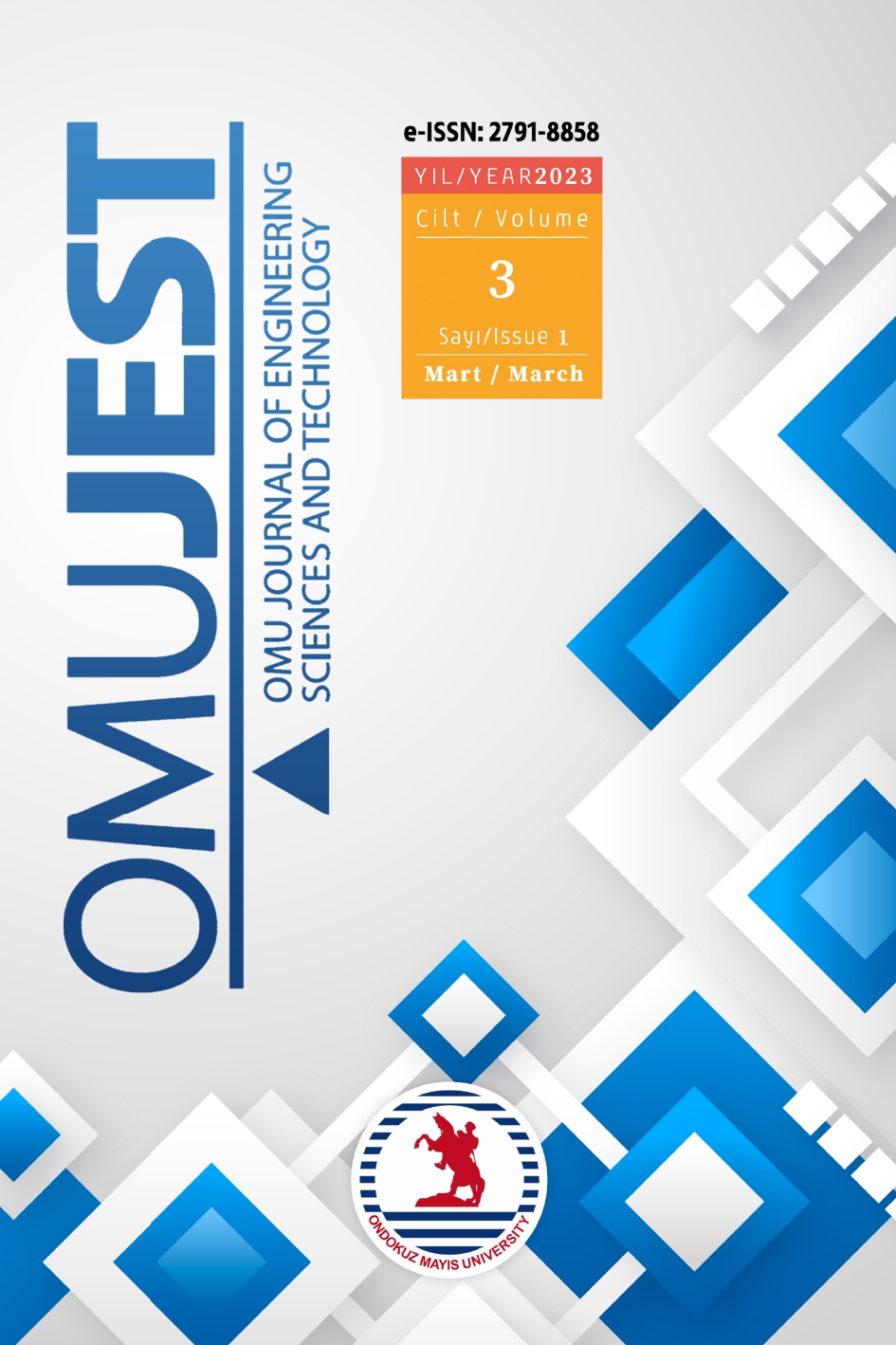NUMERICAL AND EXPERIMENTAL INVESTIGATION OF NANO-PARTICLE-ADDED WASTE OILS ON LUBRICATION PERFORMANCE
Keywords:
Friction, Lubricant, Ring Compression Test, Waste OilAbstract
Metal forming is the shaping of metals by methods such as forging, extrusion, and rolling. The friction between the mold and the workpiece during metal forming is crucial in terms of the material's internal structure and surface quality. It is important to investigate and control this friction at the interface. In this study, the effects of vegetable oil, motor oil, nano oil and dry conditions on the coefficient of friction were investigated by ring compression test. For the preparation of nano-oil, silicon oxide was added to the waste vegetable oil at additive rates of 1%, 3%, and 5% by weight. The mixture was mixed first mechanically and then in the ultrasonic disperser. The rings are compressed in a hydraulic press machine (under 32 MPa pressure). The lubricating performance of the lubricants was determined on the Male and Cockroft friction calibration curves according to the size changes of the compressed rings. The highest coefficient of friction was found in the dry ring, and the lowest coefficient of friction was found in the 5% nano oily ring. The friction coefficient of the ring lubricated with 5% nano oil is 93.7% lower than in dry conditions. Afterward, the test was modeled axisymmetrically with the Abaqus/Standard finite element program. Due to the gradual loading of the force during pressing, deformation differences were detected between the simulation and experimental results. Since the deformation of the ring becomes more difficult with the increase of the friction coefficient, the barreling in the outer diameter has increased. As a result, the use of lubricants with low coefficient of friction during forming accelerates the process and reduces the deformation force.




